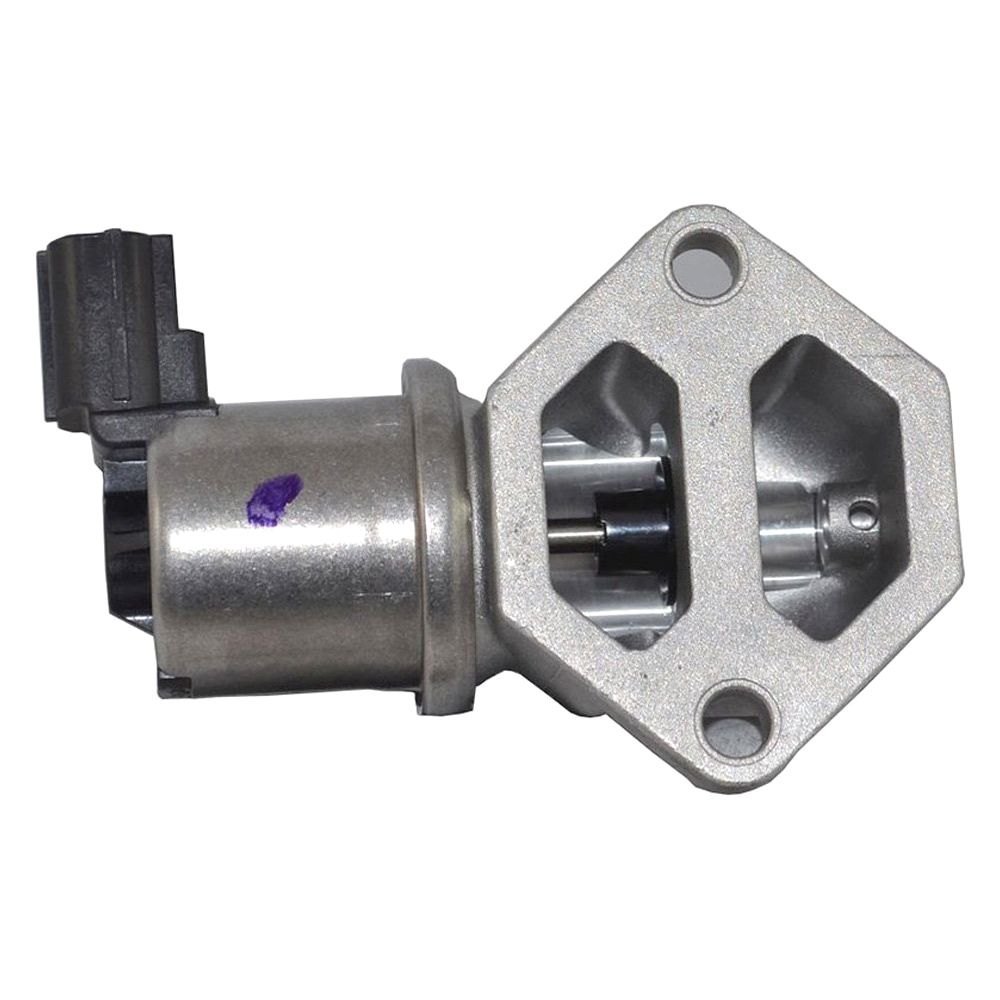A car's idle engine control valve plays a crucial role in controlling the car's air intake when it is at rest. This little component might not seem significant, but it actually influences your car's performance and overall drivability. When working properly, it ensures that your car receives the appropriate amount of air to maintain a consistent idle speed. However, when it starts to break down, the underlying dangers can rise quickly, leading to a variety of negative symptoms that can affect your driving experience.
Knowing when to change your idle air control valve is essential for every car owner. Ignoring signs of a malfunctioning valve can cause more extensive engine problems and costly repairs down the road. From rough idling to stalling issues, the impacts of a malfunctioning valve are not to be underestimated. In this article, we will examine the caution signs that indicate it's time for a replacement and the possible dangers of neglecting this crucial component of your automobile.

Grasping the IAC Valve
The idle control valve is a crucial element in today's vehicles, playing a significant role in managing the engine's idle speed. It regulates the amount of air that goes around the throttle plate, which ensures that the engine runs well when the vehicle is at idle. By modifying the air intake, the idle air control valve maintains a steady engine idle, even when the load on the engine varies, such as when the AC is turned on or when accessories are in use.
When the idle air control valve is working as intended, it contributes to optimal fuel efficiency and engine performance. It helps prevent stalling and guarantees that the engine idles at the OEM-recommended speed. However, as time goes by, the valve can become dirty or malfunction, leading to irregular idling or other complications that can affect the driving experience.
Recognizing the signs of a faulty idle air control valve is essential for vehicle maintenance. Drivers may notice inconsistent engine speeds, shutting down when at a stop, or difficulty turning on the engine. Neglecting these signs can lead to major engine problems and could result in high repairs if the issue is not addressed quickly. Regular check-ups and timely replacement of a defective idle air control valve can help maintain your vehicle's overall performance.
Signs of a Defective Valve
One of the first signs that your valve may be failing is an inconsistent idle speed. You may see your engine running more or less than normal when at a stop. This inconsistent behavior can lead to a frustrating driving experience, as it often results in a rough idle that can cause your vehicle to vibrate. If you see these symptoms, it may be time to investigate the health of the idle air control valve.
Another clue of a failing valve is difficulty in starting your engine after it has been turned off. If you find that your vehicle finds it difficult to ignite or takes more time than normal to start up, the idle air control valve could be the reason. This situation occurs because the valve may not be allowing the right amount of air to enter the engine during the starting phase, leading to stalling or rough starts.
Lastly, lowered fuel efficiency can signal a problem with your idle air control valve. A malfunctioning valve can cause your engine to consume excess fuel than necessary, as the air-fuel mixture becomes imbalanced. If you find that you are making additional trips to the gas station or that your fuel economy has taken a abrupt hit, it may be worth checking the idle air control valve for indicators of malfunction.
Consequences of Ignoring Problems
Neglecting the signs of a malfunctioning stationary air control valve can lead to serious operational problems in your car. One common sign is erratic idling, which can result in stalling or difficulty starting the engine. This not only compromises your driving experience but can also create dangerous situations on the road, particularly during congested traffic.
Extended overlook of a malfunctioning idle air control valve can even exacerbate engine issues and even destroy surrounding elements. For instance, an improperly operating valve can create an imbalance in the air-fuel mixture, leading to poor fuel efficiency and higher emissions. This not only affects your budget through increased fuel costs but can also make your car not pass emissions tests, which could result in costly repairs and fines.
Finally, the persistent malfunction of the idle air control valve may activate the check engine light, indicating that the engine management system has identified an problem. Tackling this warning promptly is essential, as continued neglect might hide other underlying issues that could affect engine durability. Changing a faulty idle air control valve at the start of issues can protect you from more comprehensive repairs down the line, guaranteeing your vehicle remains safe and reliable.
